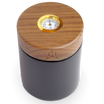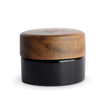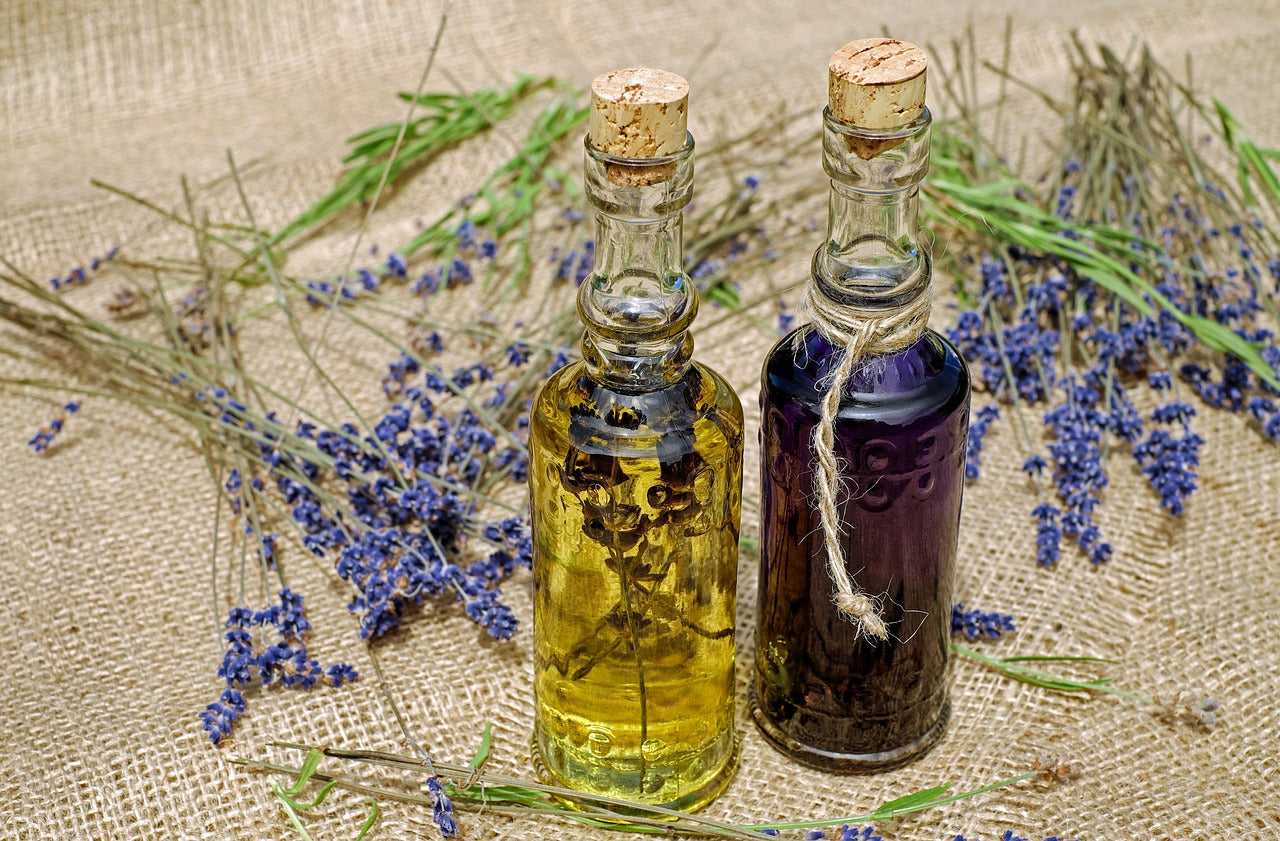Table of Contents
Introduction
In the world of cannabis and herbal enjoyment, two methods have stood the test of time: rolling a joint and using a vaporizer. Both offer unique sensory experiences and different outcomes, but when it comes to effectiveness, efficiency, and long-term satisfaction—which one really comes out on top?
This article explores the science, experience, and practical realities of vaporizing vs smoking. From cannabinoid absorption to flavor retention, temperature control to health impacts, we’ll help you decide which method truly delivers the better effect—not just in the moment, but for your entire relationship with the plant.
Bioavailability and Cannabinoid Efficiency
Bioavailability refers to the percentage of a substance that actually enters your bloodstream and has a therapeutic effect. This is one of the most measurable ways to compare joints and vaporizers.
- Joints: According to a classic study published in Journal of Clinical Pharmacology, the bioavailability of THC in a joint is approximately 25–30%. Much of the cannabinoid content is lost through combustion, side-stream smoke, and thermal degradation.
- Vaporizers: A 2004 study by Abrams et al. found that vaporizing increased THC delivery efficiency to as much as 45–50%, nearly doubling the bioavailability compared to combustion. Because vaporizers heat without burning, more active compounds are preserved and inhaled.
This means vaporizing not only gives you more from your herb, it also does so at a lower temperature—preserving cannabinoids that would otherwise be destroyed by flame.
Temperature and Combustion: What Gets Lost in Fire
Joints burn at uncontrolled temperatures often exceeding 600–900°C, which destroys many beneficial compounds and creates toxic byproducts like carbon monoxide, benzene, and tar. These high-heat reactions can alter cannabinoids and terpenes before they reach your lungs.
In contrast, vaporizers typically operate between 160–220°C—a range that allows precise activation of cannabinoids like THC and CBD, as well as terpenes like myrcene and linalool. This level of control makes it easier to dial in different effects: uplifting, calming, sedative, or creative.
With devices like the Lotus Vaporizer, users manually apply heat and can modulate temperature with practice. This minimizes combustion risk and maximizes compound preservation—perfect for those seeking full-spectrum effects without harmful byproducts.
Flavor and Smoothness
If you care about taste, the difference between vaporizing and smoking is night and day. Vapor preserves the natural terpenes of the herb—those delicate aromatic oils that give each strain or plant its unique scent and effect profile.
- Joints: Combustion destroys most terpenes before they even reach your palate. What you taste is often ash, paper, and smoke—not the essence of the plant.
- Vaporizers: Because they operate at lower temperatures, vaporizers allow full expression of terpene profiles. You taste citrus, pine, floral notes, or earthy spice depending on your strain or herb. This elevates the entire session into a sensory experience.
Many users report that after switching to vapor, joints taste burned, flat, and harsh by comparison. Smooth, flavorful vapor is not only more enjoyable—it also invites slower, more mindful consumption.
Control and Dosing Accuracy
Smoking is binary: once the joint is lit, it keeps burning, and it’s hard to measure how much you're actually consuming. With vaporization, you’re in control of every breath.
- Microdosing: Vaporizers allow single, low-temperature inhales with clear effects. This is perfect for beginners, daytime users, or anyone wanting to avoid overconsumption.
- Therapeutic precision: Patients using herbal remedies for anxiety, pain, or insomnia can target exact temperatures to extract specific compounds like CBD or CBN with minimal effort.
Devices like the Vapman are especially well-suited for this. With its manual heating system and hybrid vapor pathway, users get instant feedback and can precisely manage their intake. It’s ideal for those who seek maximum control with minimum herb waste.
Health Effects and Toxins
Perhaps the most important distinction lies in the health impact. Joints burn plant material—and while cannabis smoke contains fewer additives than tobacco, it still releases harmful substances when burned.
- Combustion byproducts: Smoke from joints contains carbon monoxide, polycyclic aromatic hydrocarbons (PAHs), and tar—all of which are harmful to lung tissue over time.
- Vaporization safety: Studies have shown that vaporizing drastically reduces the presence of these toxins. A 2007 clinical trial published in Clinical Pharmacology & Therapeutics found that vaporizers deliver cannabinoids with significantly fewer combustion-related toxins.
For health-conscious users, the ability to eliminate smoke without eliminating the plant is a compelling reason to switch. Vapor provides a smoother inhale, less coughing, and reduced risk of chronic irritation or inflammation in the lungs.
Ritual and Experience: It’s Not Just About Science
For many, smoking a joint is more than just delivery—it’s about the ritual: rolling, sparking, passing. It’s communal, tactile, and nostalgic. But vaporizing offers its own kind of ritual—more refined, more intentional.
Joints: Pros and Cons of Tradition
There’s something meditative about breaking up herb, rolling by hand, and lighting up. But the ritual is fleeting—once lit, the joint burns quickly, and sharing often means overconsumption or inconsistency. It’s not efficient. It’s not precise. But it is social.
Vaporizers: Conscious Consumption
Using a vaporizer can become a mindful practice. Choosing temperature, watching vapor form, adjusting breath, noting effects—it invites awareness. With analog devices like the Lotus, the flame becomes part of the ritual. It slows you down. It brings you into the moment. And that’s part of the effect, too.
Vaporizing doesn't replace the joint ritual—it redefines it. For solo sessions or therapeutic use, it offers unmatched focus, purity, and intention.
Conclusion
So—vaporizer or joint? The answer depends on what you value. If you want full flavor, cannabinoid efficiency, dosing control, and reduced health risks, vaporizing clearly wins. If you prioritize tradition and simplicity, a joint still holds appeal—but with notable trade-offs.
For most users, the future lies in choosing the right tool for the right setting. And for daily or therapeutic use, vaporization provides the cleanest, smartest, and most sustainable option.
Explore the possibilities yourself with handcrafted tools like the Vapman or flame-powered classics like the Lotus—two devices built for flavor, ritual, and effect.
Still rolling? Or ready to evolve? Inhale the future.
About the Author

Michael, Founder & CEO of INHALE Vaporizers
Driven by a passion for clean, mindful vaporization, Michael leads INHALE in crafting elegant and sustainable tools like the Vapman and Lotus. With a deep focus on function, ritual, and natural wellness, INHALE helps people reconnect with the power of plants—one breath at a time.
📩 support@nowinhale.com | Contact us

















Leave a comment
All comments are moderated before being published.
This site is protected by hCaptcha and the hCaptcha Privacy Policy and Terms of Service apply.